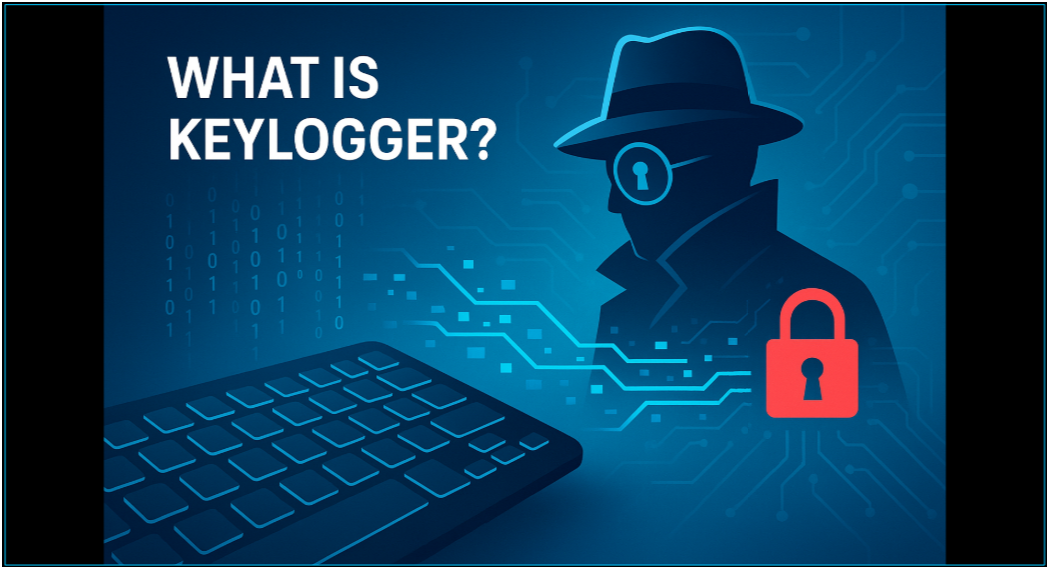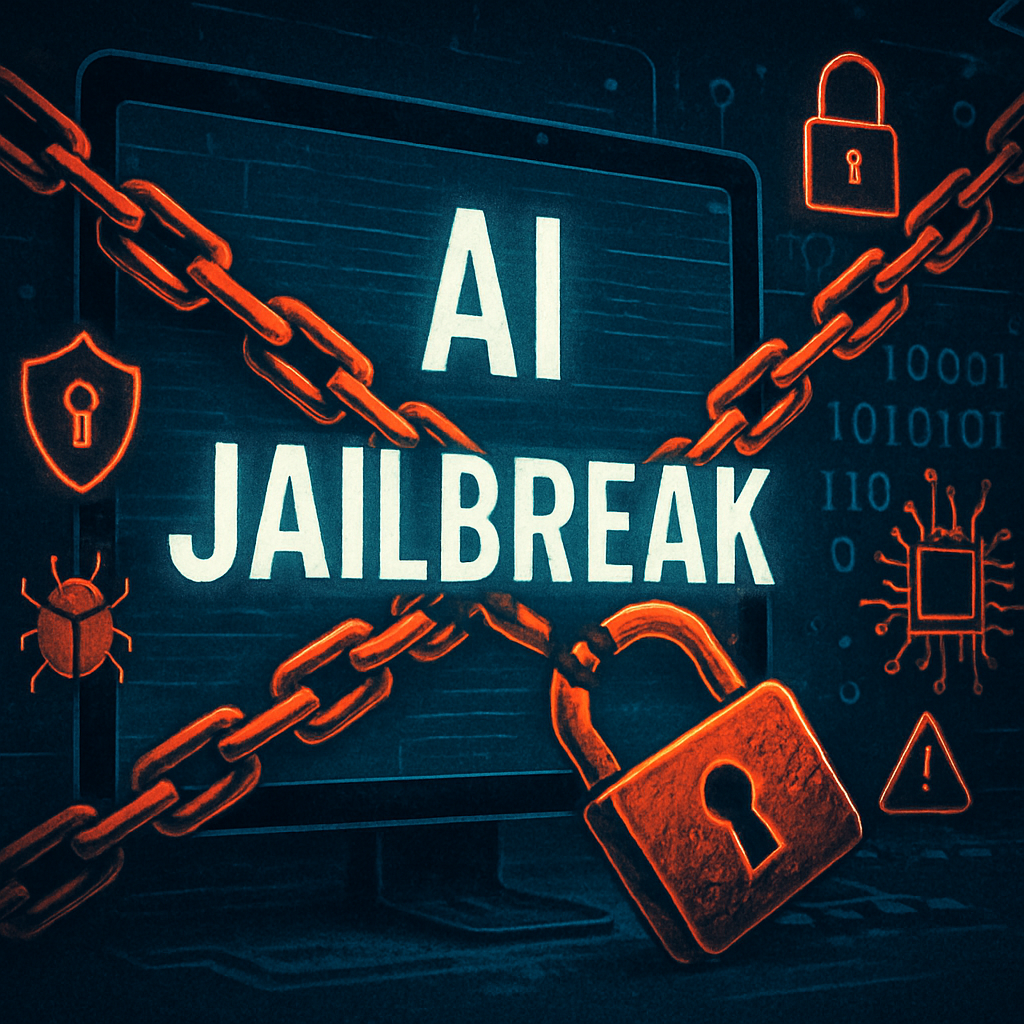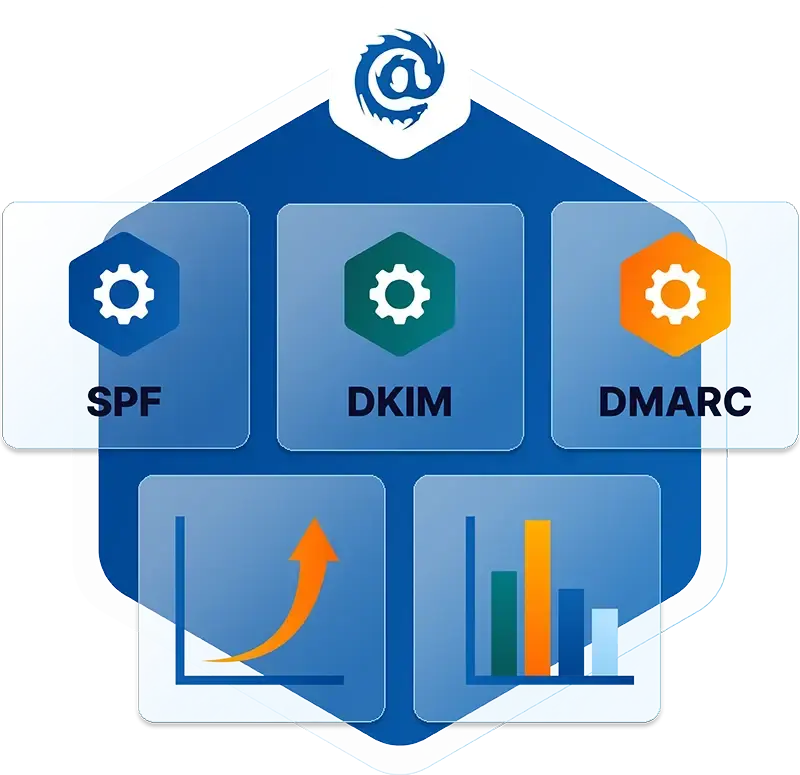Table of Contents
Identity Fabric Explained
Identity Fabric refers to a deployment architecture that enables organizations to establish and manage identities in a digital environment. It allows individuals to securely use their personal identities across various online platforms and services. Your Identity Fabric represents your online presence and encompasses your usernames, passwords, and accounts, which collectively form your unique digital identity. It enables you to perform a wide range of activities, such as logging into different platforms, accessing services, and sharing information with others.
How Does Identity Fabric Work?
Identity Fabric works by establishing an abstraction layer that unifies and manages identities across multiple clouds and identity providers. It employs orchestration to connect various identity domains and enables consistent identity and access policy management. The fabric utilizes an inventory and mapping mechanism to identify and integrate different elements of the extended identity system. It abstracts the underlying identity infrastructure, allowing developers to use a single API to interact with multiple systems and ensure consistent identity and access across various clouds and vendors.
Identity Fabric vs. Zero Trust
While Identity Fabric focuses on managing and utilizing personal identities in a secure manner, Zero Trust is an operational model for controlling access to resources and data within an organization. Zero Trust implements strict access controls and verification measures, considering factors such as user identity, device used, and location. Identity Fabric serves as a foundation for implementing a Zero Trust network by providing the necessary trust anchors and identity management capabilities.
Why Identity Fabric is Needed in Multi-Cloud
An Identity Fabric is essential in multi-cloud environments for several reasons:
-
Identity Lock-In: An Identity Fabric helps organizations overcome identity vendor lock-in, enabling them to choose and migrate to different identity systems without extensive app rewrites or disruptions to services.
-
Fragmentation & Silos: Multi-cloud environments often suffer from identity fragmentation, where identities and access policies are scattered across different platforms and systems. An Identity Fabric unifies these fragmented identities and enables consistent policies across diverse cloud environments.
-
Cybersecurity Threats: Distributed cloud infrastructures are susceptible to cybersecurity threats, including identity-related attacks. An Identity Fabric enhances security by incorporating advanced features such as multifactor authentication (MFA), passwordless authentication, and GDPR privacy controls.
-
Agility: An Identity Fabric decouples infrastructure from applications, facilitating the seamless movement of apps and workloads across multiple clouds. It provides flexibility to choose the most appropriate identity system for specific use cases.
Benefits of using a Distributed Identity Fabric
Using a distributed identity fabric offers several advantages:
-
Fix Identity Fragmentation: An Identity Fabric integrates and harmonizes fragmented identity silos across different cloud platforms, ensuring consistent identity and access policies.
-
Break Vendor Lock-In and Enjoy Agility: By abstracting identity systems, an Identity Fabric allows organizations to choose their preferred cloud platforms and identity solutions without rewriting apps, thus providing agility and reducing dependencies.
-
Reduce Costs for Identity Management: Adopting an Identity Fabric eliminates the need for extensive app rewrites, reducing costs associated with migrating platforms and integrating identity with applications.
-
Speed up Identity Projects: With automation and orchestration, an Identity Fabric streamlines identity workflows, such as authentication, access control, and migration, significantly reducing project timelines and accelerating deployment.
-
Zero-Touch Deployments: Implementing an Identity Fabric does not disrupt existing apps, infrastructure, or user experience. It offers zero-code connector integrations, eliminating the need for custom coding.
-
Distributed, Multi-Cloud Identity Support: An Identity Fabric supports distributed applications across multiple clouds, providing consistent identity and access management.
-
Improved Security: An Identity Fabric enables the adoption of advanced security features like MFA, passwordless authentication, and GDPR privacy controls, enhancing overall security posture.
Explore More Articles
Say goodbye to Phishing, BEC, and QR code attacks. Our Adaptive AI automatically learns and evolves to keep your employees safe from email attacks.

/Concentrix%20Case%20Study.webp?width=568&height=326&name=Concentrix%20Case%20Study.webp)












